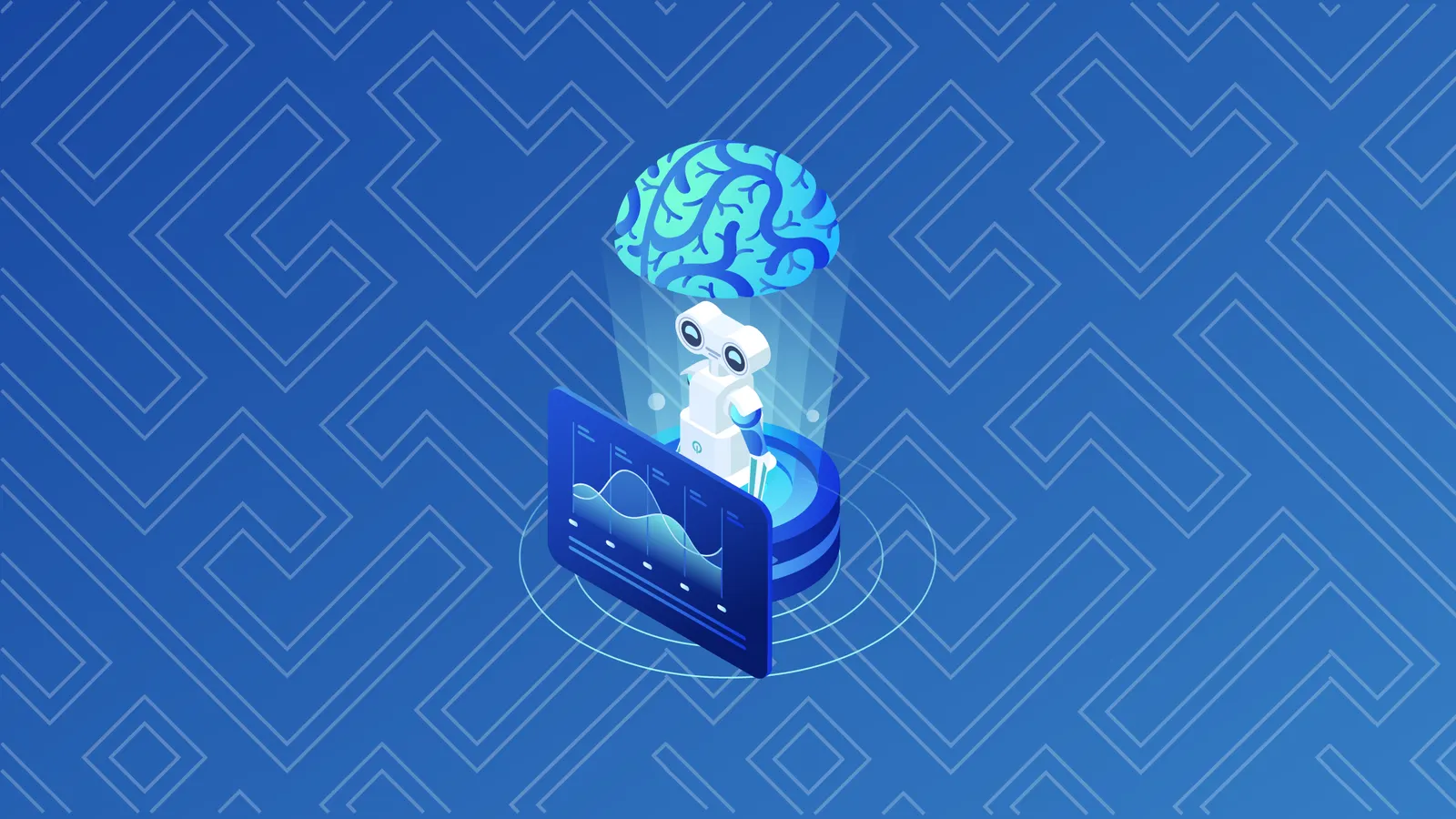Artificial intelligence (AI) technology has the capacity to transform many elements of business, including across a wide range of industries and sectors. In this article, we take a closer look at a key aspect of business that is ripe for reinvention through AI tools: predictive analytics.
What Are Predictive Analytics?
Predictive analytics is a tool for generating predictions about future performance or outcomes using historical and current data. It combines modeling, statistics, and other analytical processes to generate informed and data-driven predictions.
There are countless applications of predictive analytics in the business world, ranging from insurance companies to investment firms to news stations and many more. In these examples, an insurance company might use predictive analytics to estimate the number of customers filing claims or the total amount of losses due to fire for a given year, an investment company could use these tools to forecast the performance of a particular stock, and news stations might benefit from predictive analysis of weather patterns, among other things.
Businesses use predictive analytics to guess how customers will react to new product launches or changes in operations, to predict which customers might switch to a rival, to plan for inventory and supply chain needs, and to better craft advertising and marketing campaigns, for example.
Types of Predictive Analytics Models
Generally, predictive analytics uses a combination of three approaches to analyzing data and creating estimates: decision trees, regression, and neural networks.
- Decision trees sort data according to variables that are applicable to the given data pool (such as price and availability in the case of predictive analytics comparing sales of different products). Decision trees separate different choices available, with leaves representing a specific decision. These models visualize the prediction process in a relatively straightforward way.
- Regression is a common model in statistical analysis that aims to find a formula to determine the relationship between all relevant variables in a data system.
- Neural networks are the most complicated of predictive analytics models and the ones perhaps most likely to benefit from new AI technologies. They utilize AI tools to identify patterns in data sets that are highly complex or which have too many variables to be considered for either decision tree or regression approaches.
Uses of AI in Predictive Analytics
In many ways, predictive analytics can sound a lot like AI: both utilize large sets of data, and both involve computers combing through that data to identify patterns and potentially predict future outcomes. Indeed, many analysts identify predictive analytics as a subfield of AI. But there are also important distinctions between predictive analytics and AI, as well as opportunities for AI technology to continue to develop the capacity of predictive analytics as an approach to business planning.
A key difference between AI and predictive analytics is that AI can be designed to be fully autonomous, allowing it to have a broader scope and more applications than predictive analytics, which must utilize human input to generate data and test predictions.
Further, AI uses large data sets to train itself through a process known as machine learning. This is somewhat different from the way analytics approaches a similar data set. Predictive analytics tools analyze the data to look for trends and make predictions, but not necessarily to improve the efficiency of the analytics tools themselves. In fact, this is one of the ways that AI technology could continue to revolutionize predictive analytics: imagine a computer analytics tool that not only sorted data to make predictions, but trained itself as it went to become better and more accurate by weighing those predictions against new data as it comes along.
Cheat Sheet
- Predictive analytics refers to the process of using data to identify trends and make predictions about future business outcomes.
- Predictive analytics has applications in many industries and sectors, from healthcare to manufacturing to insurance and more.
- Some see predictive analytics as a subfield of artificial intelligence (AI) because both rely on computer programs to examine data and identify trends.
- Differences between predictive analytics and AI include the fact that predictive analytics is not fully autonomous while AI can be, and that AI systems use data to train themselves while predictive analytics systems generally do not.


